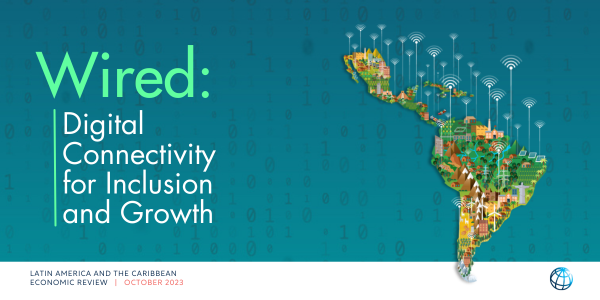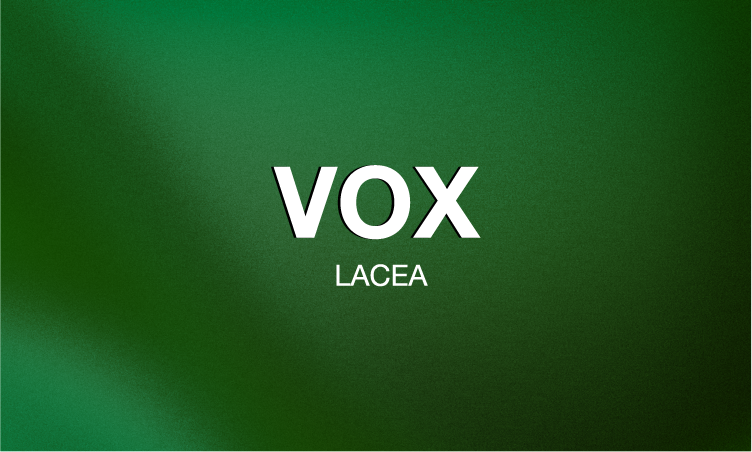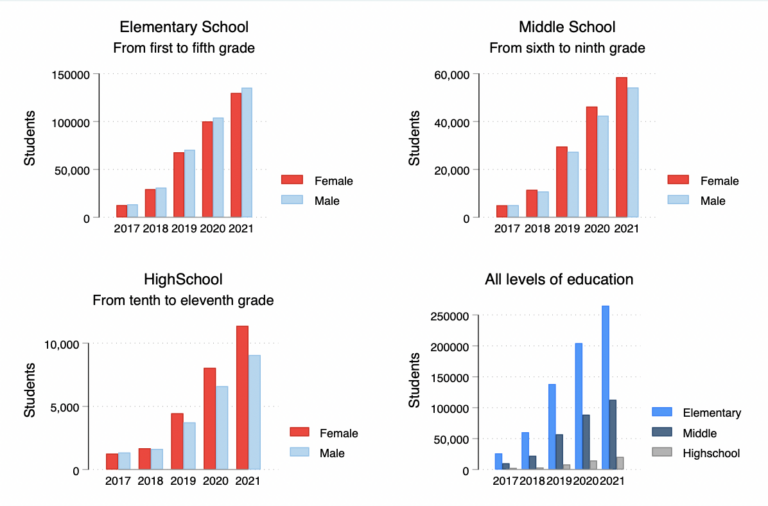September 20, 2024
From Empowerment to Inequality: The Dilemmas of Community-Based Selection
By: Sebastiano
Tags:
This article was initially published on the Inter-American Development Bank’s blog – Ideas que Cuentan, on July 31, 2024.
Leaders of local organizations know a great deal about the people in their communities, including their levels of wealth and need. This often allows them to distribute resources, such as anti-poverty funds, more efficiently than distant bureaucracies.
However, when community members must decide based on multiple and difficult-to-verify criteria, things become murky. For example, in the case of subsidized loan programs, how should they be granted? Are they granted to those with a good credit history, those with more productive projects, or those emerging from a difficult time? Asking local leaders to offer loans based on potentially subjective criteria is not only complex but can also give more prominence to the use of personal relationships for resource allocation and to favoritism at the expense of community well-being.
In an IDB study published in the Journal of the European Economic Association, my objective was to examine the effectiveness of the local allocation of subsidized credit from the Million Baht program in Thailand, one of the largest microfinance programs in the world. The program, which began in 2001, provided each Thai village with one million baht (approximately US$24,000 at 2001 prices) for loans that would be managed and distributed by a local committee made up of elected community members.
Personal relationships are important.
Village committees could grant loans to the most needy households, the most creditworthy, or those with the most productive businesses. But they did none of that. In practice, they disproportionately allocated credit among households with ties to the committees. Using detailed data from the Townsend Thai Project, which conducts monthly surveys of households in Thai villages, I observed that households with a good credit history or with productive businesses were not favored, and that the poorest households were less likely to receive loans.
It was the well-connected who had an advantage. Households with economic ties to the political elite (local government members) were 20 percentage points more likely to receive loans from the program, even after accounting for differences in productivity, debt default, history, and poverty. Seeking to confirm that this result was related to favoritism, I compared the credit terms (amount and interest rates) that the program granted to well-connected households with those that these same households obtained from other private sector lenders. Compared to what they faced with other lenders, those with good connections obtained larger and cheaper loans from the local program. In contrast, households without key connections obtained loans on similar terms from all lenders.
The Role of Informal Markets
Informal markets had a mitigating effect, although only partial. Lending between households increased in the wake of the program, as well-connected households acted as lenders, and households without connections increased their borrowing by 30%, often from relatives. Even so, these loans from local informal networks were obtained at an average annual interest rate of 14%, twice that offered by the program.
In the end, favoritism led to inefficiencies at the productive and social levels, both in terms of growth and equity. A counterfactual analysis for the study reveals that eliminating the advantage based on personal relationships would have, on the one hand, increased local GDP by 2% and, on the other hand, reduced inequality by 9%, revealing the real costs in a system where personal ties prevail.
Balancing Community Empowerment Versus a More Centralized Approach to Resource Allocation
The question of what can be done about this remains. At best, community-based approaches can leverage local knowledge to target those most in need. However, allowing community leaders to make decisions about who benefits from social programs can also introduce bias and favoritism, as they skew selections in favor of those who benefit them and their networks. And this is especially true when multiple criteria must be weighed in granting loans.
While not a panacea, simpler and more centralized selection rules, such as proxy means tests (PMTs) or credit scores, could eliminate special treatment for well-connected individuals. However, such rules could be too rigid and exclude needy and deserving people. And, according to the study, because households with better credit histories also tend to be wealthier, this could also increase inequality. In this dilemma, it is far from clear that the right path is to abandon the community-based approach to selecting borrowers. However, it could be substantially improved. Better program design that allows households that do not belong to the elite to participate directly in the monitoring process or verify that they are receiving their fair share of government assistance could make a big difference. And since participation in community organizations tends to be higher among more privileged households, public policy initiatives to integrate poorer households into these organizations could also help ensure a fairer and more inclusive implementation of social programs, without sacrificing economic accountability.




